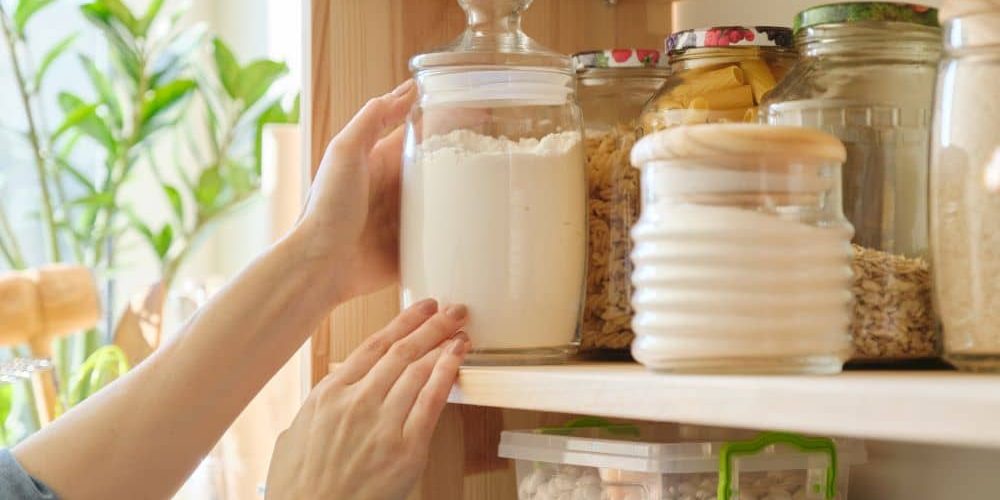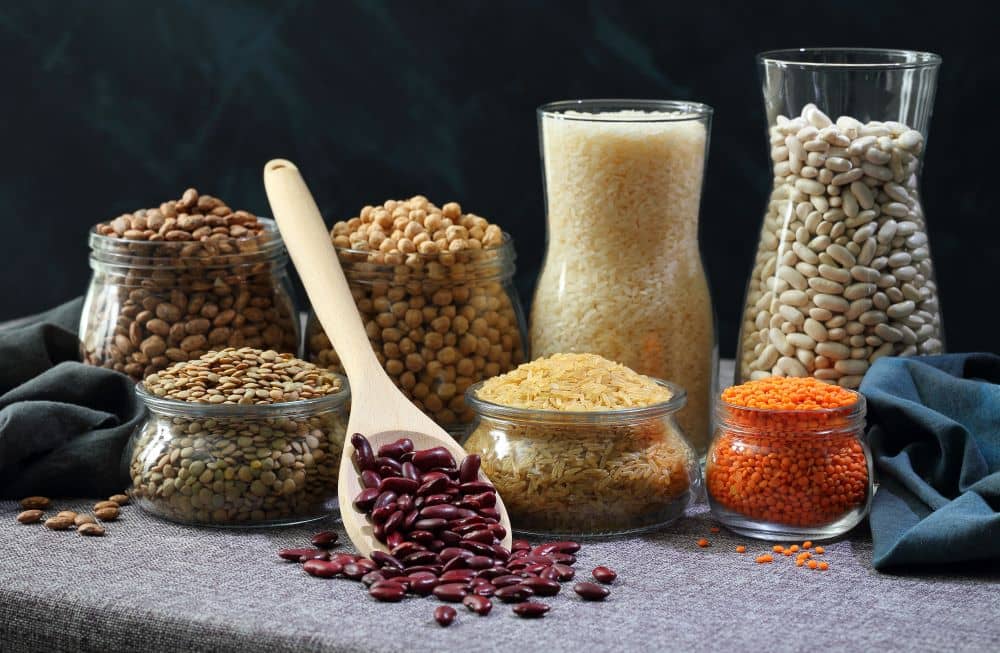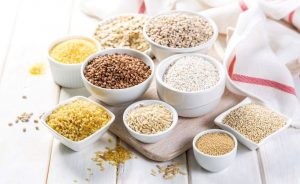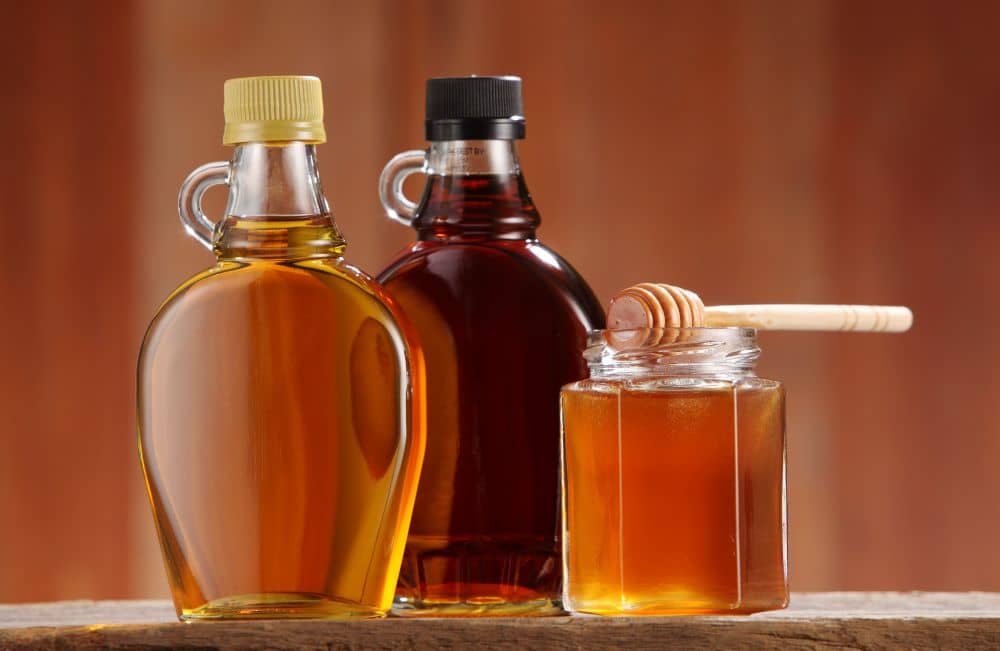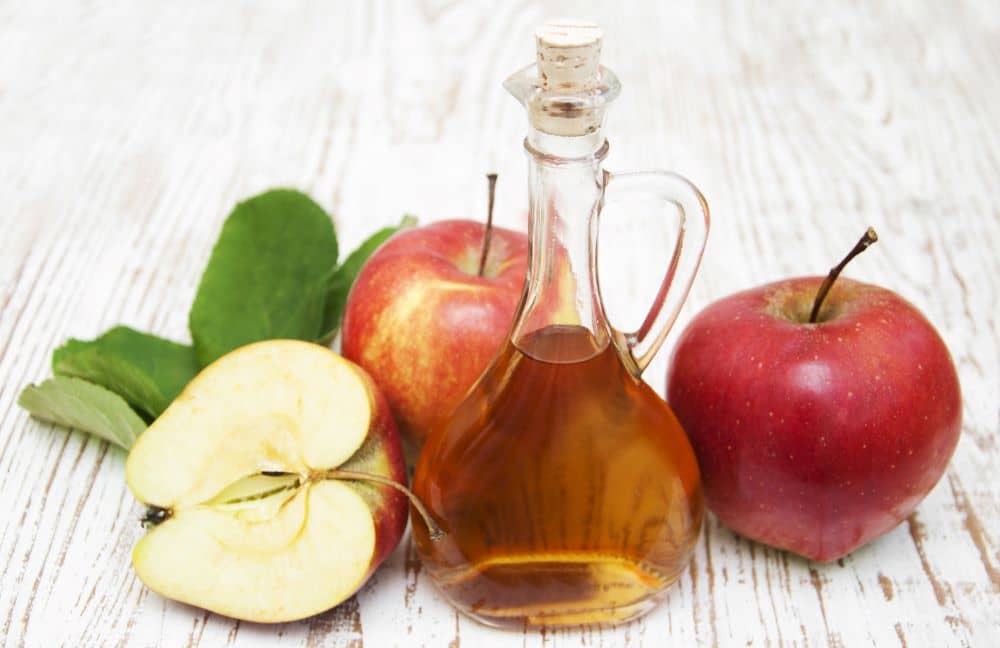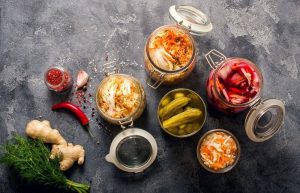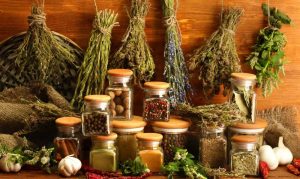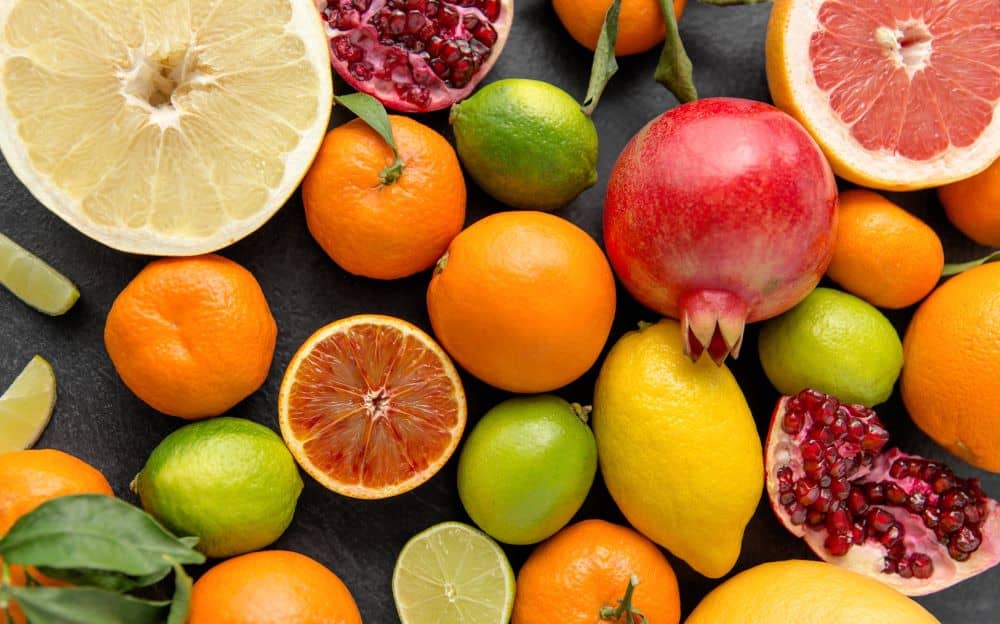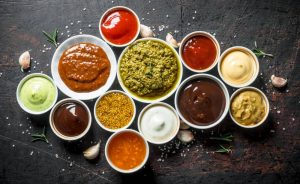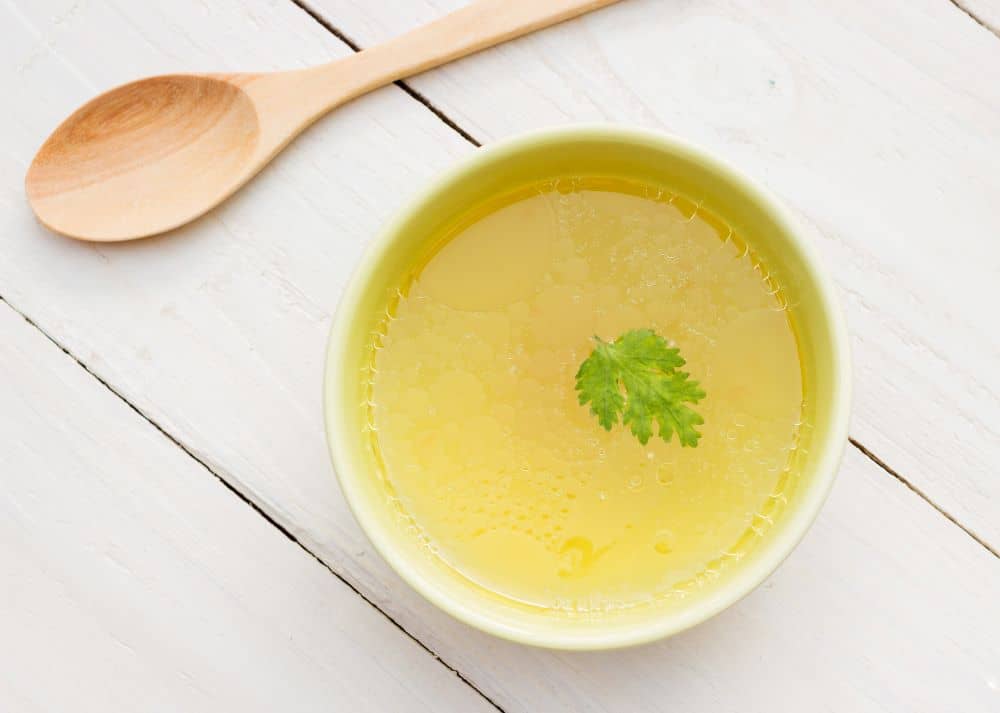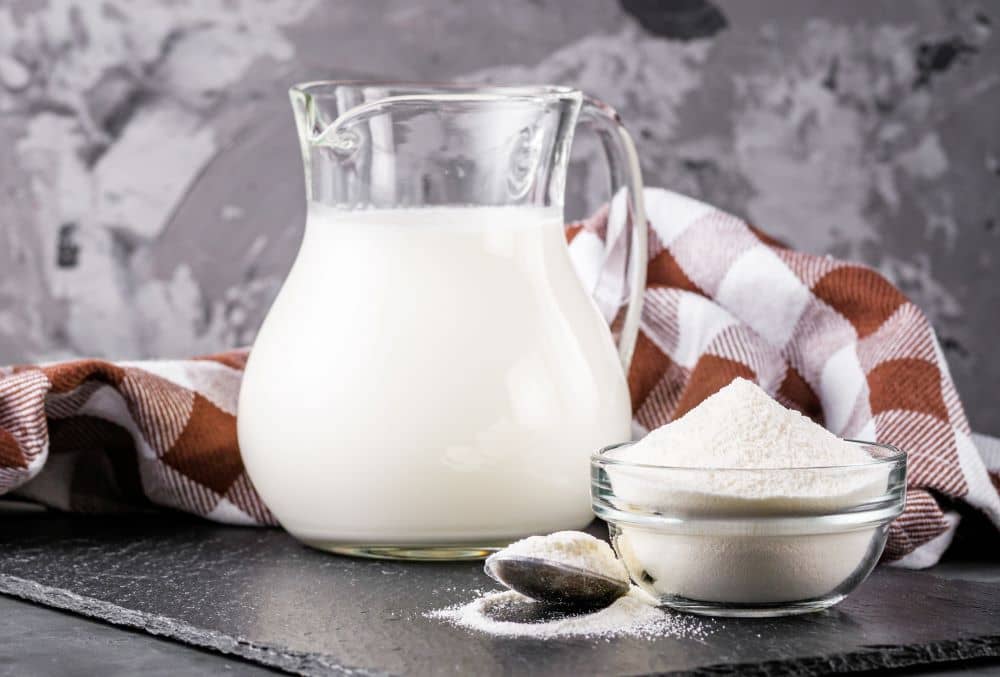20 Healthy Foods To Always Keep Around
Having healthy ingredients to throw together for a nutritious, easy meal can be the difference between eating a balanced meal and reaching for fast food or highly processed snacks.
While some healthy foods need to be used within a few days, some nutrient-dense foods can last for weeks, months, or years in your pantry, fridge, or freezer.
Here are 20 staples you should always have on hand for putting together quick and easy healthy meals.
20 Healthy Food Staples You Need In Your Kitchen
1. Eggs
Eggs — considered by many to be a superfood — are versatile, convenient, and packed with protein, minerals, and vitamins. They can be enjoyed for breakfast, lunch, or supper and served in a wide variety of ways such as:
- In an omelette packed with veggies such as spinach, asparagus, onion, bell peppers, and mushrooms
- Served with whole-grain toast
- Boiled and diced up over a salad
- Added to vegetable dishes to increase the protein content
- Fried and served with a bowl of oatmeal
Although eggs are still perishable, they can easily last for several weeks in the fridge.
If you can, opt for pasture-raised eggs or, better yet, buy eggs locally from a neighbour if you can. Typically, eggs from pastured hens are more nutritious than caged hens, since the chickens can forage and roam outdoors. Studies suggest eggs from pasture-raised chickens have twice the amount of vitamin E and over 2.5 times higher omega-3 fatty acid levels.
2. Canned and Dried Lentils and Beans
Beans and lentils are nutritional powerhouses, packed with fibre, vitamins, minerals, and plant-based protein. With impressively long shelf lives, they make a top choice for healthy non-perishable items to keep in your pantry.
When stored in a pantry at room temperature (68℉ or 20℃), canned beans can last up to 2 to 5 years. Since they are free of the moisture required for microbial growth, dried beans can last for up to 10 years!
Try adding chickpeas, kidney beans, black beans, and lentils to soups, stews, salads, or chilli for a potent dose of nutrition.
3. Nuts, Seeds, and Nut Butters
Nuts and seeds are highly nutritious, offering vitamins, minerals, fibre, healthy fats, and protein.
Depending on the variety, nuts and seeds can last for a month or more in your pantry.
Natural nut and seed kinds of butter are long-lasting, healthy alternatives to their commercial counterparts, which typically contain added oils and sugar.
Nuts and seeds can be used in many dishes such as:
- Added to smoothies
- A handful makes a fast, satisfying snack
- Added to oatmeal
- Spread over whole-grain toast
- Added to sauces
- Used to make homemade trail mix
- Added to yogurt
- As a salad topping
4. Grains
Grain-based meals are convenient and filling thanks to their high fibre and complex carb content. Depending on the type of grain, certain varieties can be kept at room temperature for several months or even years, making them a healthy staple worth buying in bulk.
Grains are a convenient option that can be added to soups, pilafs, grain bowls, salads, and much more.
Healthy grains to keep on hand include:
- Brown rice
- Bulgur
- Oats
- Quinoa
- Amaranth
- Millet
- Spelt
In addition to their high fibre content, grains also include:
- Magnesium
- Manganese
- B vitamins
- Micronutrients
5. Frozen Fruit and Vegetables
Certain fresh fruits and vegetables, especially greens and berries, perish quickly. However, these nutrient-dense foods can keep for months and months when purchased frozen! This makes it possible to keep nutritious produce on hand at any time.
In terms of nutrition content, frozen fruits and vegetables have been proven to be comparable to fresh produce, so convenience does not mean sacrificing nutrition. Research shows that frozen produce may be nutritionally superior to fresh produce in some instances.
Frozen greens can be added to smoothies, soups, and sautés. Frozen berries can be used in similar ways to fresh berries such as:
- As a topping for yogurt for oatmeal
- Added to smoothies
- Added to baked goods
- In homemade fruit ice cream
6. Honey and Maple Syrup
Do you have a bit of a sweet tooth? We all do at times. Maple syrup and honey are wonderful natural sweetener options that offer the added benefit of antioxidants, trace minerals, and anti-inflammatory properties.
Honey and maple syrup can be added to sweet and savoury recipes alike. Experiment with using them in place of regular table sugar in recipes (be careful to check for the proper replacement ratio when making baked goods).
With any sweetener, natural or not, it is important to remember that too much can be detrimental to your health.
7. Protein Powder or Meal Replacement Shakes
Few things are easier than meal replacement shakes when it comes to grabbing a healthy snack or meal in a hurry.
High-quality varieties offer vitamins, minerals, enzymes, complex carbs, healthy fats, fibre, and protein to fuel you up in a hurry and keep you satisfied until your next meal.
8. Apple Cider Vinegar
Raw apple cider vinegar is extremely versatile in the kitchen and can be used from everything from baked goods to homemade dressings and sauces to DIY natural cleaners.
Along with its versatility, raw apple cider vinegar is a long-lasting pantry staple and contains a variety of healthy compounds such as probiotics and antioxidants.
9. Healthy Cooking Fats
Certain fats — ghee, olive oil, coconut oil — can be kept at room temperature for up to a year or more. Using healthy fats in cooking adds flavour to recipes and can even boost the absorption of fat-soluble minerals, antioxidants, and vitamins from food.
10. Fermented Foods
Fermented foods are tasty, versatile, and offer a variety of health benefits. While some types are not as long-lasting as others, certain varieties can keep for months.
Examples of fermented foods include:
- Pickles
- Kombucha
- Sauerkraut
- Kimchi
- Miso
- Tempeh
- Cultured milk
- Yogurt
- Kefir
Of these, pickles, sauerkraut, and kimchi are the most long-lasting. For instance, pickles and sauerkraut can be kept at room temperature for up to 18 months.
These savoury, tangy snacks can be eaten straight out of the jar or used as a flavorful topping for salads or other dishes.
11. Spices and Dried Herbs
To create recipes bursting with flavour, look no further than your spice rack. Along with enhancing the flavour of countless recipes, spices can retain their flavour for up to four years. Dried herbs will stay fresh for up to a year when stored in an airtight container at room temperature in a dark, dry place.
Even better, using spices and dried herbs in your meals allows you to use less salt and offers numerous beneficial compounds and trace vitamins and minerals.
Some flavorful, healthy spices and dried herbs to keep on hand include:
- Cayenne pepper
- Turmeric
- Rosemary
- Sage
- Parsley
- Cumin
- Oregano
- Thyme
- Cinnamon
- Ginger
12. Garlic and Onions
Garlic and onions are beloved for their versatility, long shelf life, and strong flavour.
Garlic and onions can be added to almost any savoury recipe to enhance the overall taste. Along with their potent flavour-boosting abilities, garlic and onions contain a variety of powerful, beneficial compounds.
Onions are a good source of:
- Vitamin C
- Folate
- Potassium
- Vitamin B6
Garlic is rich in:
- Vitamin B6
- Thiamin
- Vitamin C
- Potassium
- Calcium
- Phosphorous
- Thiamin
- Copper
- Manganese
13. Long-Lasting Fresh Fruits and Vegetables
Even if refrigerated, many fresh fruits and vegetables go bad quickly. However, several long-lasting fruits and vegetables can keep for several weeks when stored properly.
Nutritionally, fruits and vegetables offer fibre, vitamins, minerals, antioxidants, phytonutrients, and more.
Examples of long-lasting fruits and veggies include:
- Spaghetti squash
- Butternut squash
- Rutabagas
- Pomegranate
- Carrots
- Citrus fruits
- Apples
- Cabbage
- Beets
- Sweet potatoes
14. Frozen Fish, Meat, and Poultry
Fresh meat, poultry, and fish, meat perish quickly, but frozen versions of these products can stay edible when stored properly.
Fresh chicken and meat can be safely frozen (0℉ or -17℃) for up to a year
Fish such as haddock or cod can be frozen for up to 5 months
With these protein-packed staples on hand, you can easily make a variety of healthy, filling meals.
15. Healthy Condiments
Adding a few drops of hot sauce or a bit of tahini to a dish can instantly take it from bland to delicious.
However, many condiments are loaded with processed ingredients, preservatives, and sugar. Instead, reach for healthy condiments such as:
- Salsa
- Nutritional yeast
- Raw honey
- Sriracha
- Tamari
- Coconut butter
- Coconut aminos
- Tahini
- Mustard
- Balsamic vinegar
16. Full Fat Yogurt
Yogurt is a must-have ingredient that can be added to just about any dish to add creaminess and smoothness. It makes the perfect addition to:
- Dips
- Smoothies
- Sauces
- Soups
It can also be dolloped over vegetable dishes or topped with berries.
Yogurt contains a variety of beneficial nutrients and compounds such as:
- Protein
- Probiotics
- Calcium
- Vitamin B12
- Vitamin D
- Phosphorous
- Riboflavin
Although reduced-fat and nonfat yogurt gained a great deal of popularity in recent years, don’t forget about the benefits of full-fat yogurt.
Most yogurt can stay fresh for up to 3 weeks when kept in the fridge as long as it looks, tastes, and smells fresh.
17. Low-Sodium Broth
Along with its long shelf life, low-sodium broth is high in flavour and low in calories. By adding a few simple ingredients to broth, you can quickly prepare a healthy soup, sauce, or stir-fry.
18. Canned Tuna or Salmon
Along with a supply of frozen fish, canned tuna and salmon make convenient, healthy pantry staples. With protein, vitamins, minerals, and omega 3 fatty acids, canned fish can add a serious hit of nutrition to any snack or meal.
19. Dry Milk
Whether it is to add to a recipe or simply to pour over a bowl of cereal, dry milk is an excellent pantry staple to keep on hand. It offers an inexpensive source of protein, lasts far longer than regular milk, and can easily be added to a variety of recipes.
20. Pasta Sauce
Pasta sauce is an excellent way to add flavour to pasta or homemade pizzas with minimal calories. Check the ingredient label and try to choose a brand with no or minimal added sugar.
Final Thoughts
Having healthy foods in your pantry, fridge, and freezer helps ensure that you always have the chance to whip up a nutritious meal at home.
What healthy foods do you keep on hand? Are there any we should have included on our list that we missed? As always, we’d love to hear your feedback.



